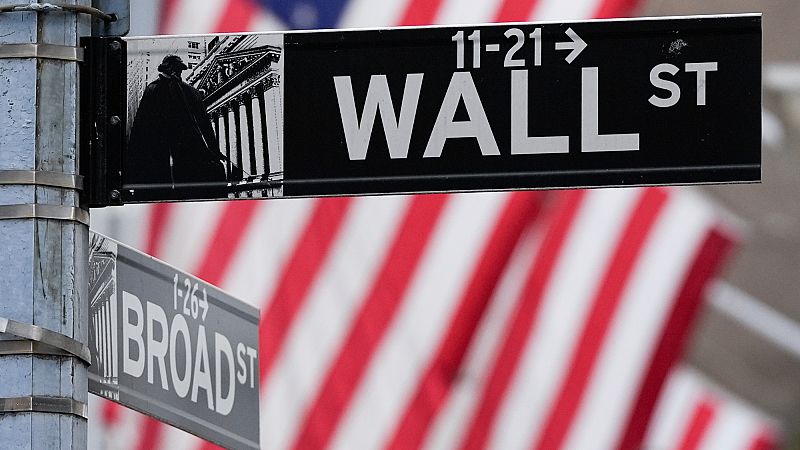The combined market value of the United States’ Magnificent Seven tech giants has now exceeded the entire output of the European Union, as a relentless rally in technology stocks stretches valuations and stokes concerns over potential market excess.
As of the close on 2 October 2025, the seven leading US tech companies — Nvidia, Microsoft, Apple, Alphabet, Amazon, Meta and Tesla — commanded a total market capitalisation of $20.8 trillion (€17.7tn), eclipsing the EU’s total economic output of $19.4tn (€16.5tn).
Nvidia alone, now the world’s most valuable company, boasts a market valuation of around $4.3tn (€3.9tn) — equivalent to the GDP of Germany, Europe’s largest economy.
This extraordinary milestone is fuelling debate. Is this a transformative moment for global capitalism, or are we witnessing the early signs of a new tech bubble?
To assess that, we must ask: What truly defines a technology stock bubble — and how does today compare to the speculative frenzy of the early 2000s?
A tech bubble could be defined not just by high valuations, but by a widespread disconnect between market prices and the underlying economic reality or business fundamentals.
It’s characterised by speculative fervour, excessive investor optimism, and the belief that rapid technological change will deliver limitless profits — often without regard to earnings or sustainable business models.
Renowned economist Robert Shiller describes bubbles as periods of “social contagion” — where stories of quick riches fuel mass enthusiasm, drawing in more investors and driving prices even higher, regardless of the fundamentals.
In this phase, fear of missing out overrides risk assessment.
“Speculative bubbles are fuelled by the contagious spread of market stories, which inspire enthusiasm and a desire to participate among a growing number of investors,” Robert Shiller wrote in his ‘Irrational Exuberance’.
Hyman Minsky, another influential economist, argued that during euphoric booms, speculation becomes the dominant force in markets.
As asset prices climb, they are increasingly justified by narratives rather than data. Eventually, a trigger — whether macroeconomic, regulatory, or psychological — bursts the illusion, leading to a sharp correction. In tech bubbles, this dynamic is often amplified by the allure of innovation.
Investors project exponential growth onto emerging technologies — from dot-coms in the late 1990s to blockchain in the 2010s, and now potentially artificial intelligence.
Jordi Visser, senior managing director and head of macro research at 22V Research, argued that branding today’s rally as a bubble misses the point.
Story Continues
